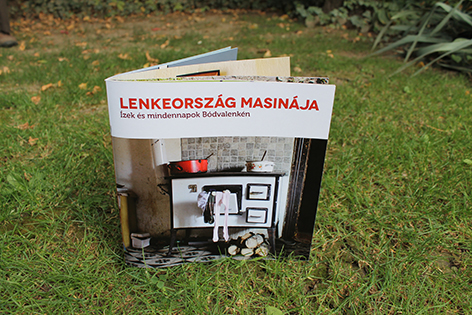My Projects
Overview
Research Center for Educational and Network Studies (RECENS)

RECENS is a research center led by Károly Takács, conducting high quality research with a primary interest in the interrelated dynamics of social networks, cooperation and competition in various social contexts. RECENS is part of Centre for Social Sciences of the Hungarian Academy of Sciences. It is supported in the framework of the “Lendület” Program of the Hungarian Academy of Sciences that is a prestigious grant for establishing new research groups in cutting-edge areas.
Wired into Each Other- OTKA Research 2010-2013
The research project proposed here aims to describe and explain segregation of friendships within school classrooms. The basic postulates of our research agenda are that the problem of ethnic integration should be looked at the level of voluntary formation of friendship, negative and romantic ties; and that the problem of ethnic integration in the classroom cannot be looked at without analyzing the interrelated dynamics of social networks, status, and performance. Status competition typically intensifies the segregation of friendship ties and might also lead to the social exclusion of disadvantaged pupils, or alternatively, as another problem, to the social exclusion of the best performing students.
Educational Research in Eastern Hungary 2009-2010
The aim of the Project is to examine the adolescent communities of newly formed high-school classes in a small sized town, using the method of social network analysis. In the focus of the study are
- the effects of class structure on certain relevant phenomena, such as social exclusion and integration, in-school performance, friendship, adversarial and romantic relations; and
- the dynamics of these dimensions, and their repercussions on class structure and status positions occupied by individuals in the communities.
- the research is based on three surveys performed in October 2009, February and May 2010. Teacher interviews and questionnaires provided further indispensable information for the analysis.
These are just two projects that I am involved in but there are much more interesting research going on at RECENS.
Cx-Ray (2014-2015)
In recent years restructuring efforts have resulted in organizations with fewer hierarchical levels and more flexible functional and organizational boundaries in order to promote efficiency. As a consequence of these efforts the coordination and work increasingly occur through informal networks of relationships rather than through formal reporting structures or prescribed work processes. Research shows that appropriate connectivity in networks within organizations can have a substantial impact on performance, learning, and innovation, and benefits also accrue from well-connected networks between organizations.
For this reason mapping out these seemingly invisible webs is essential to performance and strategy execution. Social network analysis can provide an x-ray into the inner workings of an organization - a powerful means of making invisible patterns of information flow and collaboration in strategically important groups visible.
Here at CX-Ray we work in a so called social network framework to provide our partners with the above mentioned benefits. If you are interested in the importance of social networks on an organizational outcomes follow this blog.

Working with Github Pages (2014)
I built this site on Github, supported by the Github Pages using Michael Rose’s Minimal Mistakes project, powered by Jekyll 2.2+. You can find out more about it by reading the post on this site or you can visit the original project.
TABBY (2013)
The T.A.B.B.Y project (Threat Assessment of Bullying Behavior) aims at increasing the awareness of the risk when using the web or any electronic form of communication and at learning information and skills to protect themselves. Several studies have shown that there are different forms of cyberbullying and that it’s highly correlated with bullying at school; often it derives from it. Sometimes it happens that those who are bullied at school retaliate via the web. The approach we used in this project takes into consideration a series of individual, social, and individual factors as well as contextual ones, investigating how these factors interact in the course of time and affect any antisocial behavior.
Lenke Project (2013)
In June a versatile team of designers, architects, sociologists, economists and photographers visited Bódvalenke - a small village situated in Borsod county of Hungary. In this village the enthusiastic members of a sustainability research group, MOME Ecolab and Széchenyi István College”s joint team conducted a research as the first step of a long-run developmental project. Our goal was to provide support for small communities living in deep poverty with the help of design. As the initial step of the design process, the group sought for and uncovered local values and resources in connection with the theme of food culture. While taking in-depth interviews at every household, we tasted a number of specially prepared food, the making of which they not only witnessed but even participated in. As the summary of our work, we put together a booklet – entitled Lenkeland’s Machinery –The Gastronomical Prints of Bódvalenke. The booklet is a collection of recipes and subjective stories revolving around the theme of local food culture and providing an introduction to the community’s eating customs. You can read more about the project here.

Network Science Conference (2011)
This shiny poster is the result of one of the very first SNA projects carried out together with two great friends and colleagues: Zsòfia Boda and András Vörös. Preceding studies suggest that certain personality traits have universal effects on the network position of individuals in small groups. Assuming the major role of homophily in tie formation, it seems obvious that group composition as a contextual factor may influence the impact of personality. The results partially confirm that the impact of personality based friendship choices are related to the size of subgroups, if homophily is present.


